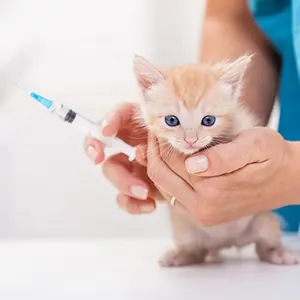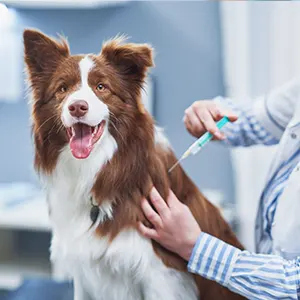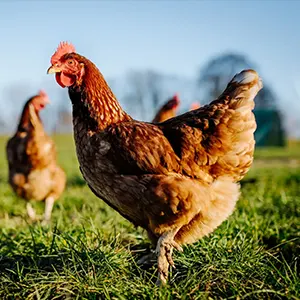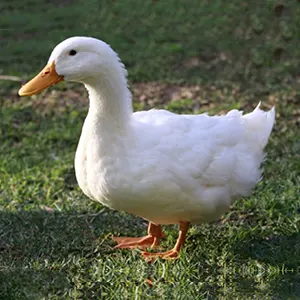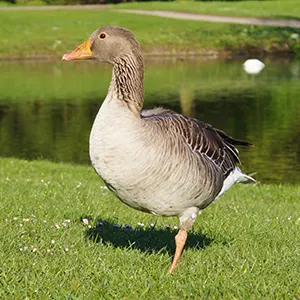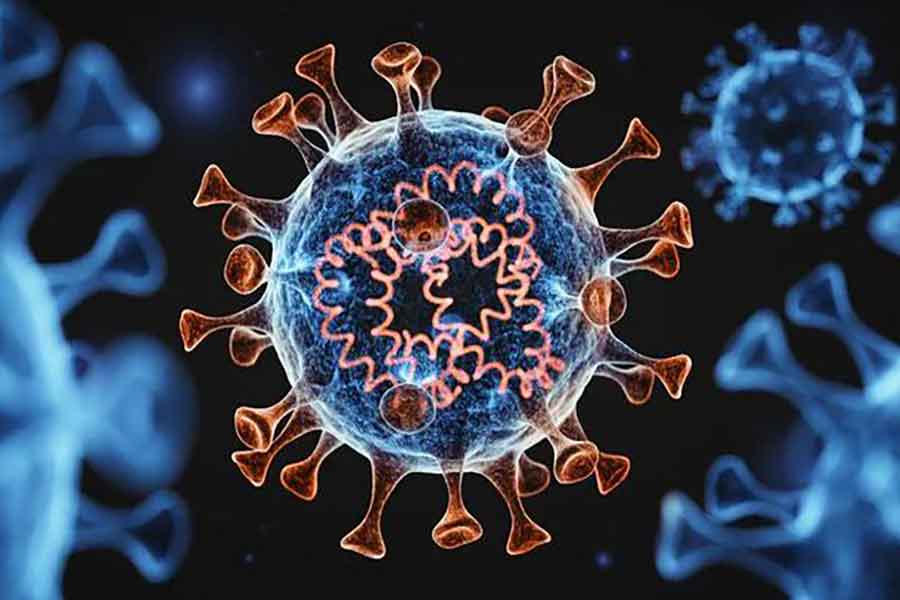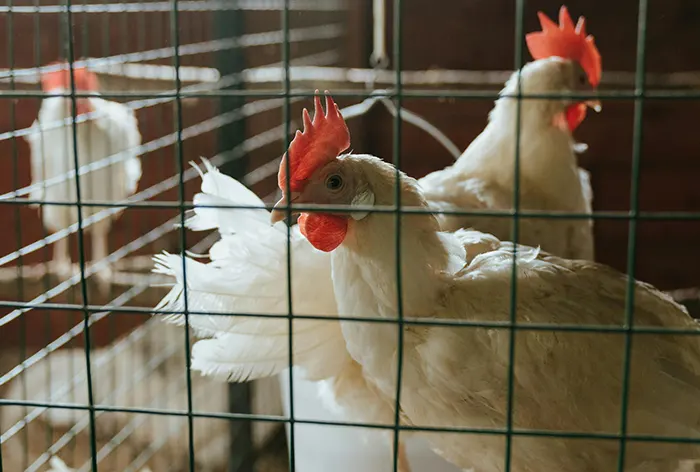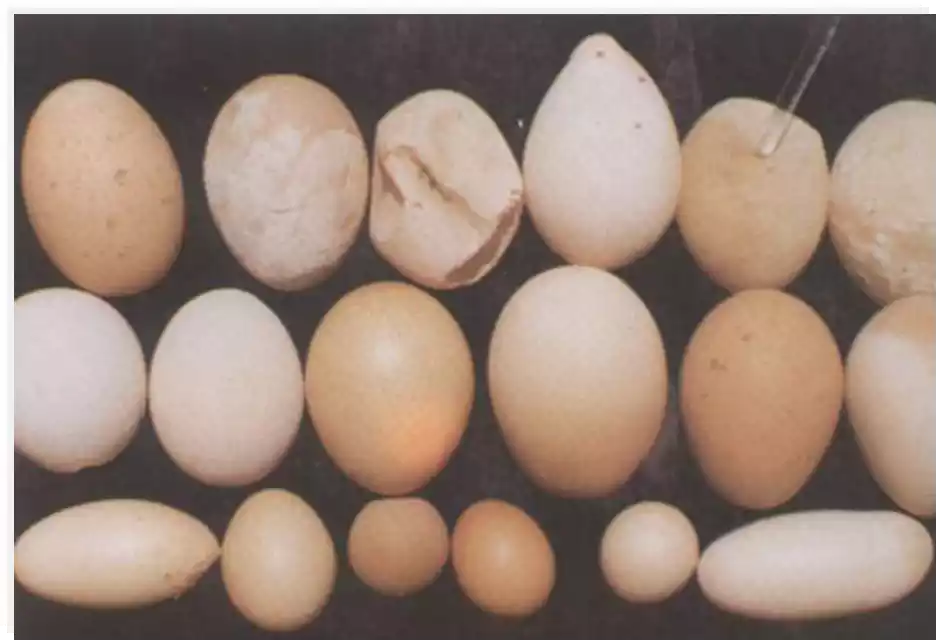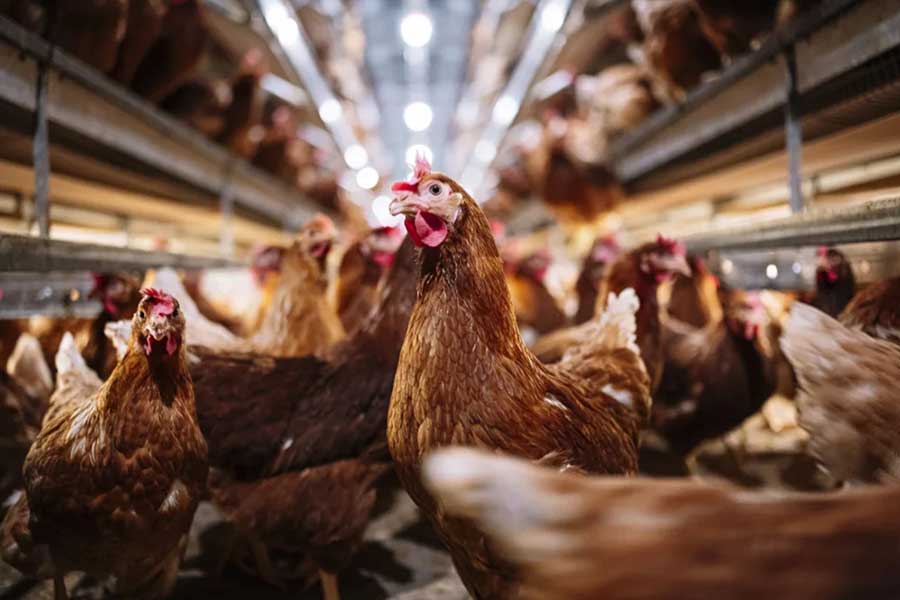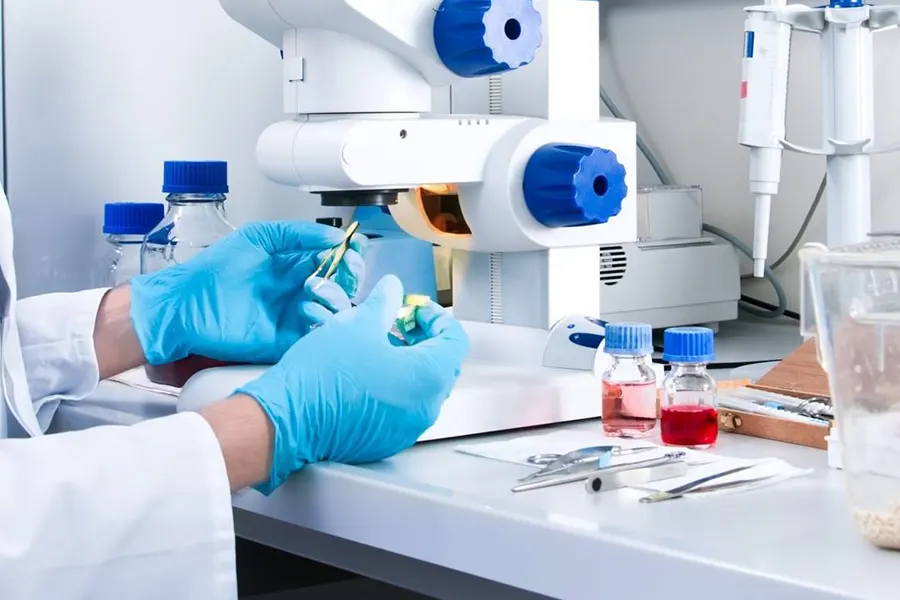Vaccination is central to poultry disease control, with biosecurity and operational protocols serving as dual pillars to ensure vaccine efficacy and farm safety. Proper storage, pre-warming, administration, and quality assessment significantly enhance protection rates, while lapses in biosecurity or procedural errors can lead to vaccine failure and disease spread. WIXBIO, addressing poultry disease control needs (e.g., Infectious Bursal Disease, IBD), provides standardized guidelines and inspection criteria to minimize non-conformance rates (target <5%) and optimize vaccine protection.
1. Vaccine Storage and Pre-Warming
1.1 Correct Procedures
- Storage: Store inactivated vaccines (e.g., IBD, avian influenza H9) at 2–8°C; freezing is prohibited, as it disrupts emulsifiers, reducing potency by 30–50%.
- Pre-Warming:
- Warm vaccines in a 40°C water bath for 30 minutes to reach 25–30°C, preventing stress or poor absorption from cold injections.
- Gently shake vaccines every 5 minutes during pre-warming to ensure antigen uniformity and prevent oil-water separation.
- Case Study: A farm pre-warmed an IBD inactivated vaccine (A2dB1 strain) to 25°C, achieving an antibody titer of 1:128 post-vaccination with a 90% protection rate; non-pre-warmed batches yielded a 1:32 titer and 60% protection.
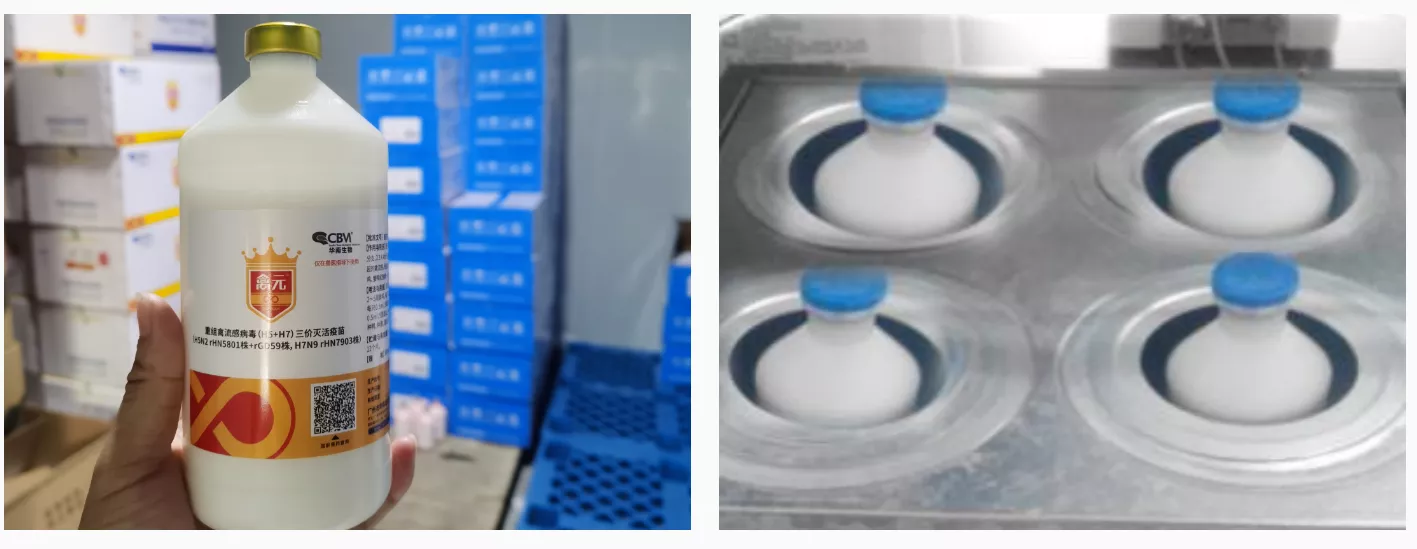
1.2 Incorrect Procedures
- Improper Storage: Storing vaccines in duck house operation rooms at ambient or high temperatures inactivates antigens. For instance, IBD vaccine stored at 25°C for 24 hours lost 40% potency.
- No Pre-Warming: Injecting refrigerated vaccines (4°C) causes injection-site swelling (10% incidence) and reduces antigen absorption by 20%.
2. Biosecurity
2.1 Correct Procedures
- Personnel Protection:
- Vaccination staff must shower and change into work attire and shoes sterilized at 121°C for 15 minutes or with 0.5% glutaraldehyde.
- Non-essential items (e.g., mobile phones) are prohibited to prevent pathogen transmission.
- If needed, hand swabs are tested for pathogens (e.g., Mycoplasma gallisepticum, IBDV) to confirm no contamination.
- Equipment Disinfection:
- Vaccination tools (e.g., syringes, duck-catching nets) are disinfected with 1% peracetic acid or 0.5% glutaraldehyde for 30 minutes or UV irradiation (≥30 minutes, >70 μW/cm²).
- Luggage is disinfected in a gatehouse room using 30-minute UV irradiation or 0.2% peracetic acid spray.
- Environmental Control:
- Perform vaccinations in negative-pressure or well-ventilated areas, maintaining ammonia levels <10 ppm and humidity at 50–70%.
- Seal and autoclave or incinerate waste (e.g., needles, vaccine vials) to prevent pathogen spread.
- Case Study: A broiler farm enforcing strict biosecurity reduced IBDV variant strain infection from 15% to 2%, with vaccine protection increasing to 85%.
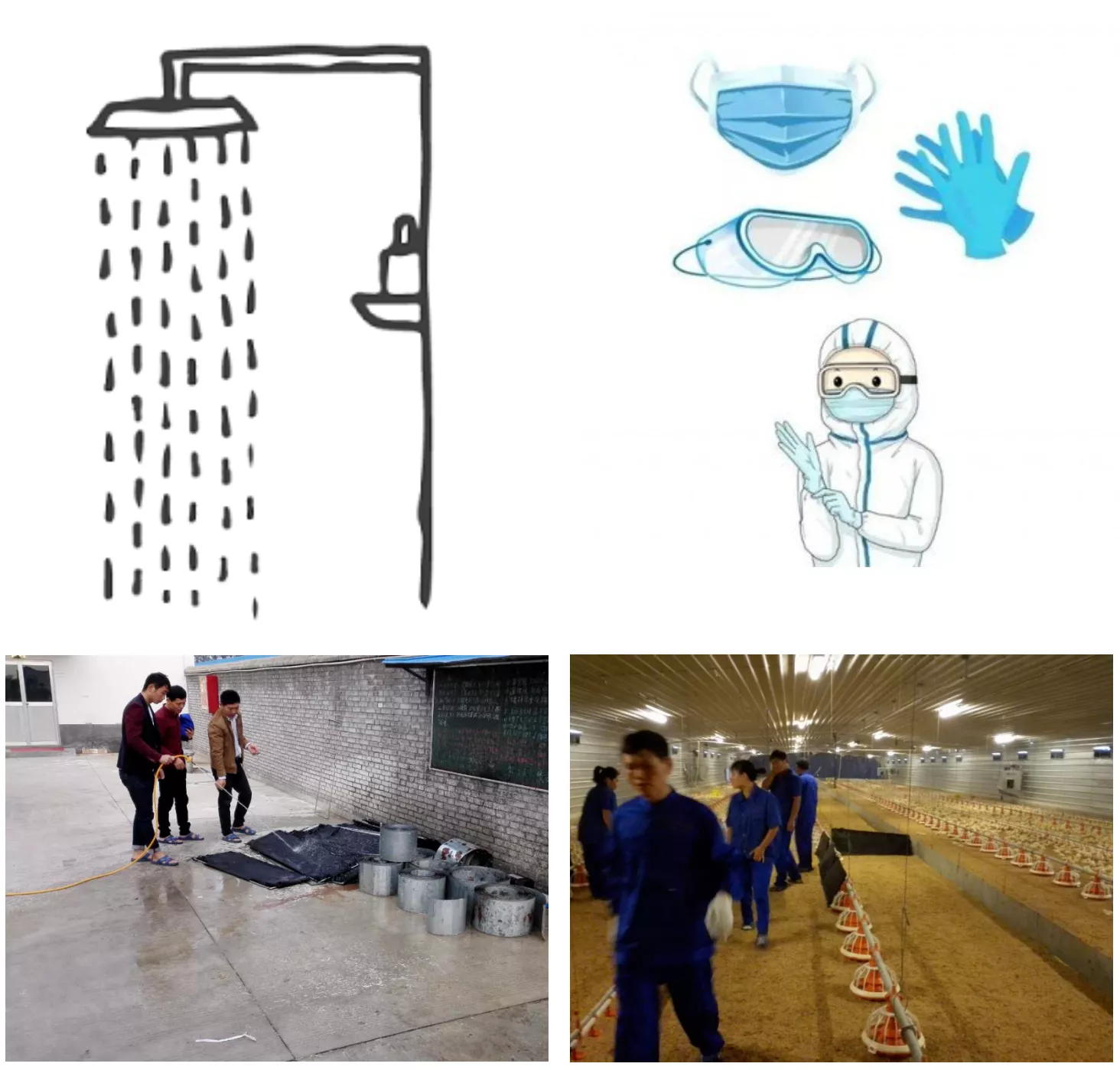
2.2 Incorrect Procedures
- Unsterilized Equipment: Reusing unsterilized nets or syringes causes cross-contamination, e.g., spreading IBDV and increasing infection rates by 10%.
- Lax Personnel Management: Failure to change clothes/shoes led to avian influenza H9 transmission, raising mortality by 5%.
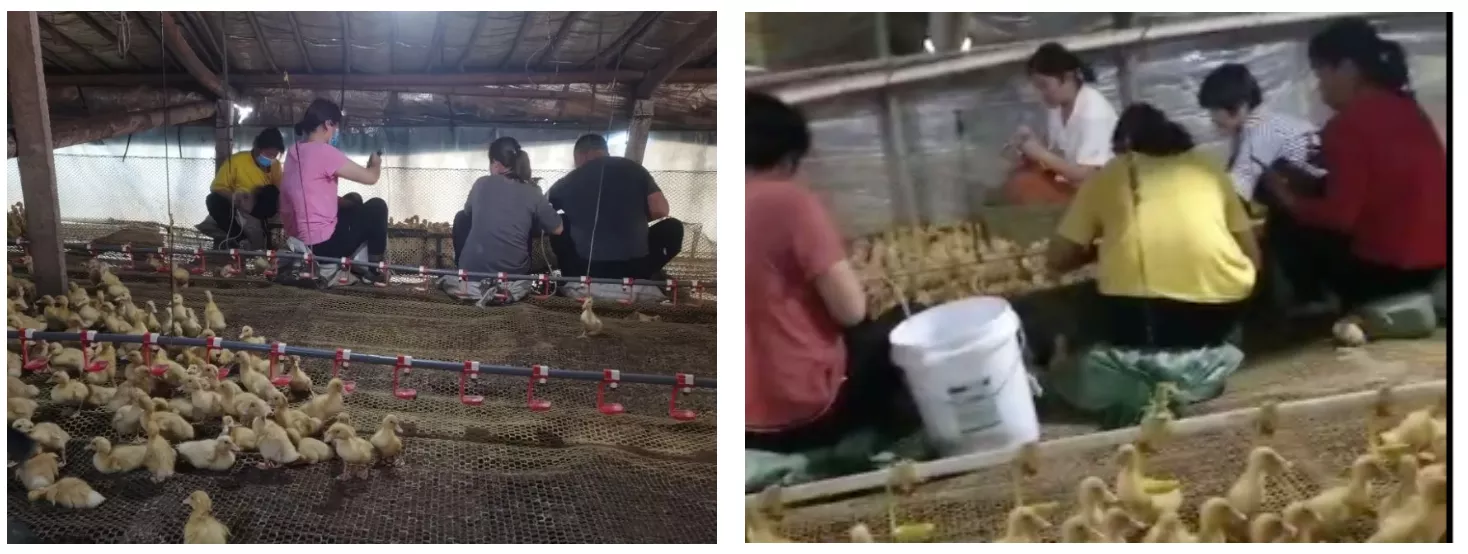
3. Immunization Procedures and Quality Assessment
3.1 Correct Procedures
- Operational Standards:
- Administer vaccines at precise sites (e.g., pectoral muscle or neck subcutaneous) with accurate dosages (0.3–0.5 mL/bird, per vaccine instructions).
- Monitor for missed vaccinations, leakage, or bleeding, targeting <1% missed rate and <2% leakage/bleeding rate.
- Address non-conformance (missed vaccinations, leakage, bleeding) with immediate re-vaccination and technique adjustments (e.g., needle angle correction).
- Records and Assessment:
- Complete the Vaccination Record Inspection Form (below), documenting age, vaccine type, dosage, and abnormalities.
- 21 days post-vaccination (e.g., IBD, avian influenza), collect 20–30 serum samples for ELISA antibody titer testing (target ≥1:128).
- Case Study: A layer farm standardized IBD recombinant VP2 vaccine administration, achieving a 1:256 antibody titer after 21 days with 90% protection; non-standardized farms had a 1:64 titer and 60% protection.
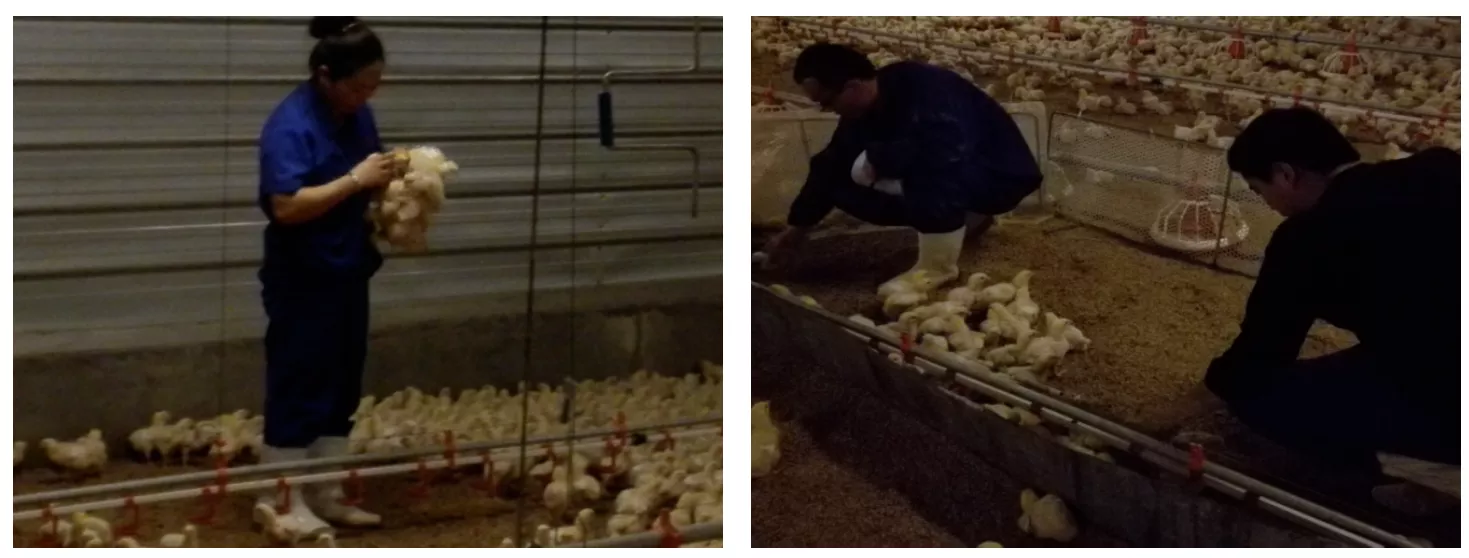
3.2 Incorrect Procedures
- Lack of Standardization: Undefined injection sites/dosages result in missed vaccination rates >5% and leakage rates >10%.
- No Assessment: Failing to record or test serum delays detection of vaccine failure, e.g., a farm not testing IBDV antibodies lost 10% of its flock to variant strains.
- Ignoring Re-Vaccination: Not addressing missed or leaking vaccinations reduces herd immunity.
4. Inspection Standards and Record Template
4.1 Inspection Standards
| Standard | On-Site Non-Conformance Rate |
|---|---|
| Excellent | < 2.0% |
| Good | ≥ 2.0%, < 3.5% |
| Acceptable | ≥ 3.5%, < 5.0% |
| Poor | ≥ 5.0% |
4.2 Vaccination Record Inspection Form
| Field | Content |
|---|---|
| Serial Number | |
| Number of Birds | |
| Vaccination Team | |
| Vaccination Date | |
| Vaccination Age | |
| Vaccine | |
| Manufacturer | |
| Vaccine Batch Number | |
| Vaccination Method | |
| Vaccine Dosage | |
| Number of Sampled Birds | |
| Number of Missed Vaccinations | |
| Number of Incorrect Injections | |
| Number of Bleeding Birds | |
| Non-Conformance Rate | |
| Acceptance Result |
4.3 Antibody Testing
| Standard | Antibody Pass Rate (≥ log4 at 28 days) |
|---|---|
| Excellent | ≥ 80% |
| Good | 70–80% |
| Acceptable | 60–70% |
| Poor | < 60% |
- Timing: Collect 20–30 serum samples (1 mL/bird) 21–28 days post-inactivated vaccine administration, transported at 4°C.
- Method: Use ELISA to measure antibody titers, targeting ≥1:128 for IBDV and ≥1:256 for avian influenza H9.
- Case Study: A farm tested 21 days post-IBD variant vaccine, achieving a 1:256 titer and 85% protection; non-tested farms had 50% protection due to antigenic mismatch.
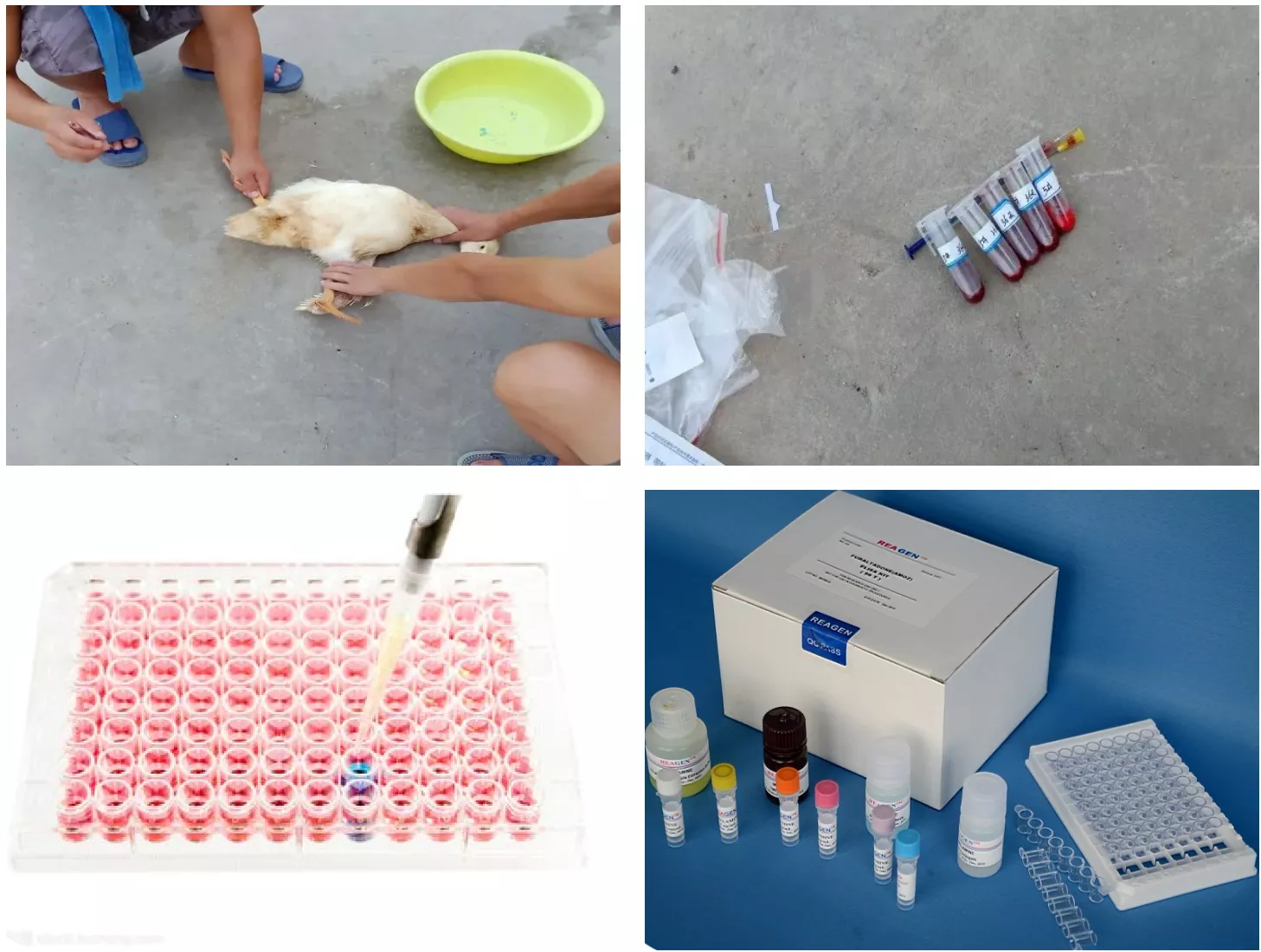
5. Immunization Precautions for IBD Variant Strains
Based on Progress in Research on IBD Variant Strains and Poultry Disease Sample Collection and Submission Guidelines, immunization for IBD variant strains (nVarIBDV) requires:
- Vaccine Selection: Use recombinant VP2 vaccines matching A2dB1 genotype (e.g., SHG19 strain) to avoid failure of traditional vvIBDV vaccines.
- Biosecurity:
- Disinfect vaccination tools with 0.5% glutaraldehyde to prevent nVarIBDV cross-transmission.
- Test hand swabs for IBDV contamination using RT-PCR targeting VP2 HVR.
- Operational Standards:
- Administer IBD vaccines via pectoral muscle or neck subcutaneous injection, dosage 0.3–0.5 mL/bird, maintaining missed vaccination rate <1%.
- Collect bursal samples (1 g/bird) 14 days post-vaccination for RT-PCR to monitor residual virus and confirm efficacy.
- Antibody Monitoring: Test serum 21 days post-vaccination via ELISA for VP2 antibodies; titers <1:64 necessitate vaccine strain replacement.
6. Case Studies
- Case 1: IBD Variant Strain Immunization
- Background: Eastern China broiler farm, 25-day-old flock, suspected nVarIBDV infection.
- Procedure: Administered recombinant VP2 vaccine (0.5 mL/bird, pre-warmed to 25°C), disinfected tools with 0.5% glutaraldehyde, and used sterile attire. Tested 30 serum samples after 21 days.
- Results: Antibody titer of 1:256, 90% protection rate, no secondary infections.
- Case 2: Consequences of Procedural Errors
- Background: A farm used H9 inactivated vaccine without pre-warming or tool disinfection.
- Results: 10% leakage rate, antibody titer of 1:32, and a 15% increase in avian influenza H9 infection rate.
7. Summary
Biosecurity and operational protocols are critical for effective poultry vaccination. Standardized vaccine storage (2–8°C, pre-warming to 25–30°C), stringent biosecurity (personnel protection, tool disinfection), precise administration (missed vaccination rate <1%), and regular antibody testing (titer ≥1:128 after 21 days) significantly enhance efficacy and reduce disease risks. For IBD variant strains, selecting matched vaccines, enforcing biosecurity, and adhering to precise procedures are essential. Farms should implement Standard Operating Procedures (SOPs) and leverage Animal Cell Suspension Culture Technology to optimize vaccine production, establishing a robust disease control framework.
References:
- OIE, Manual of Diagnostic Tests for Terrestrial Animals, 2023.
- Fan L, et al. Novel variant infectious bursal disease virus suppresses Newcastle disease vaccination. Veterinary Microbiology, 2020.
- Poultry Science, Biosafety in Poultry Vaccination, 2024.
